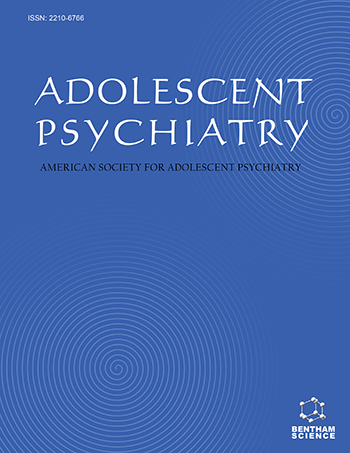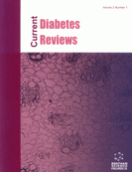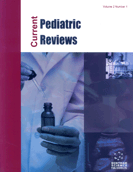Abstract
Adolescent immigrants need to navigate typical adolescent challenges while also struggling with the impact of immigration. Mastering the developmental tasks of adolescence is even more daunting for those teenagers who have underlying psychopathology. Intensive psychotherapy with these troubled teens provides a rich opportunity to better understand their struggles and to examine how best to provide necessary support for them. In this paper we explore how the task of engaging adolescents and their families warrants an approach that provides a space that is both flexible and responsive, addressing the underlying loss and behavior secondary to insecure or disorganized attachments. A case study of an immigrant teen in long-term treatment at a school-based health center (SBHC) highlights the importance of utilizing an attachment based model when intervening with this rewarding and highly vulnerable population. The case example illustrates the long term, therapeutic work which is reflective of the complicated patients in our caseloads, and also illuminates how the attachment framework shapes the therapeutic work. The advantages of the SBHC for utilizing this model are discussed.
Keywords: Adolescents, attachment, adolescent development, psychotherapy, immigrant adolescents, Asian adolescents, female adolescents, case report, school-based health center (SBHC), intersubjective dyad, albeit active, secure base seeking, separation/individuation, collectivist, sophomore, Mandarin-speaking therapist, matched' therapist, psychopharmacology, prognosis, countertransferential disappointment, jeopardizing, Mentalization



























